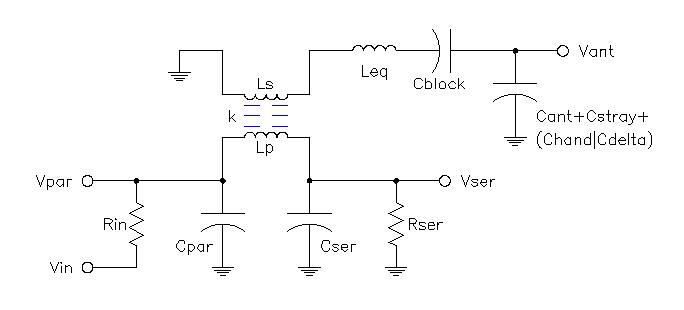Riddle me this: After playing with my Inductor designer and the Inca program, I'm wondering why the heck the EQ coil in most tube type Theremins is so long (compared to its diameter)? Long coils aren't well coupled to their own windings, meaning you need a lot more windings to get the same inductance value. Is it:
1. To somehow reduce self-resonance (i.e. self capacitance) of the EQ coil?
2. To get the top end of the EQ coil physically near the base of the pitch antenna?
3. Theremin couldn't obtain tinier diameter wire so he had to make it longer to obtain the desired inductance value, and everyone just copied his design down to the dimensions and wire of the EQ coil?
I don't get it (but suspect it's a combination of 2 & 3).
For my own air core designs I'm going to shoot for the squattest single layer coil I can make (within reason, coils are an amalgam of hard and soft compromises). But I haven't actually made any yet, and feel like a bit of an idiot for not understanding the above conundrum.
Quick transformer test: Say you have a single winding that measures 1mH. Say you closely couple a second 1mH winding to the first. Will the inductance of the first winding change? (I'm pretty sure I know the answer.)


